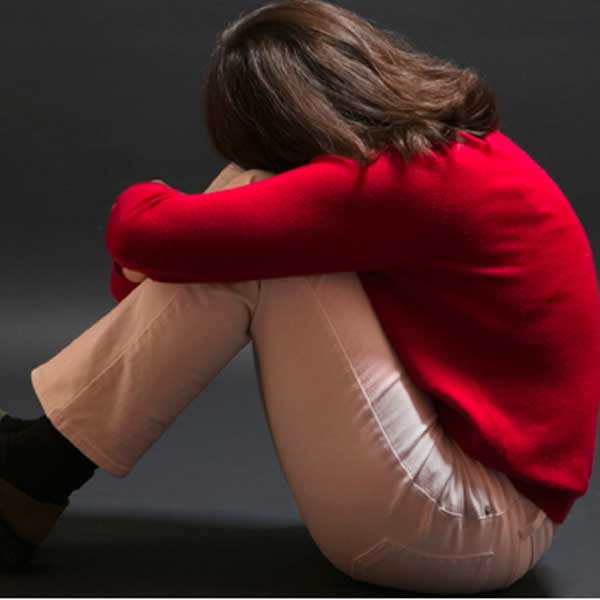About Depression

Being sad for a while is one thing, but being depressed takes sadness to another level. Depression is a pervasive sadness that grips you by the collar and transforms your life as it slips a burlap sack over your head. You learn to adapt to life with this sack on, and soon you sway every decision you make because the sack itself is blinding you to your true abilities. Depression is defined as two or more weeks of emotional and physical lethargy. Clinical depression is a month or more of depression. It can feel like living in hell itself without any hope for things to get better. Symptoms include changes in appetite, changes in sleep patterns, loss of energy, loss of interest in things that used to be pleasurable, feelings of worthlessness, difficulty concentrating or making decisions, and thoughts of death or suicide.
Approximately 20.9 million1 out of the total population of 306 million Americans2 are affected with mood disorders including major depressive disorder, dysthymic disorder (chronic low-grade sadness), and bipolar disorder every year. Depression has become one of the most common medical problems in the USA. It occurs twice as frequently in women as men. There are no figures available to count the number of people who are suffering silently with mild or moderate depression, but researchers estimate that 2/3 of those affected do not get any help. Those who become depressed tend to abuse cigarettes and alcohol and/or prescription drugs more frequently than those who are not depressed, so those who will not help themselves may also be dealing with addiction problems.
Depression is an expected reaction after experiencing a significant negative life event, such as death of a loved one, breaking up with a partner, a change in social life or social status, injury, or long term illness. Depression tends to run in families, so it could have a genetic cause, as well3. But the depression that sneaks up on you for no apparent reason and hangs around for a long time is not normal and the root of it needs to be uncovered.
Around the world, middle-aged people consistently are at higher risk of depression than younger people or elderly. Research suggests that 44 is the age at which we are most vulnerable to depression. The term “mid-life crisis” was coined because so many people worldwide experience a depressive phase during their 40s. Encouragingly, by the time you are 70, if you are still physically fit then on average you are as happy and mentally healthy as a 20-year-old4.
Marjorie Wallace of SANE, a British mental health charity, comments “Depression is a complex and challenging condition that remains poorly understood, with as many as one in ten people with severe depression taking their own life.”
Surgeon General Dr. David Satcher said promoting mental health calls for a resolve in all of society to have a “willingness…to educate ourselves and others about mental health and mental illness, and thus to confront the attitudes, fear, and misunderstanding that remain as barriers before us.5”
1. National Institute of Mental Health. “The Numbers Count: Mental Disorders in America” http://www.nimh.nih.gov/health/publications/the-numbers-count-mental-disorders-in-america.shtml
2. U.S. Census Bureau>U.S. Population Clock. http://factfinder.census.gov/home/saff/main.html?_lang=en
3. Web MD>Mental health center>Depression health center. “Causes of Depression.” http://www.webmd.com/depression/guide/causes-depression
4. BBC News>Health. “Depression risk ‘highest in 40s’.” January 29, 2008. http://news.bbc.co.uk/2/hi/health/7213387.stm
5. National Institute of Mental Health. “Mental health: a report of the surgeon general.” http://www.surgeongeneral.gov/library/mentalhealth/home.html